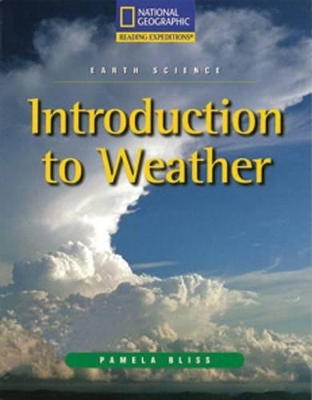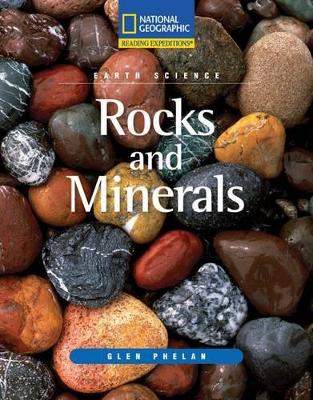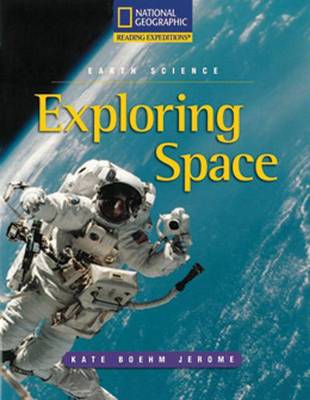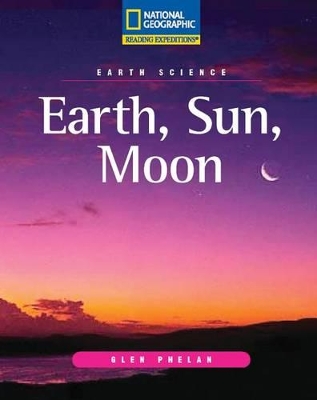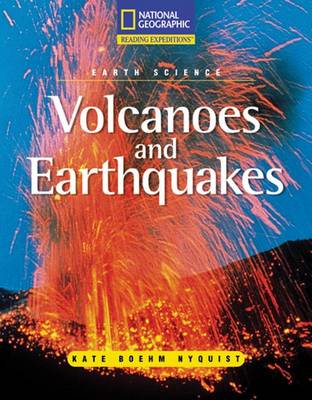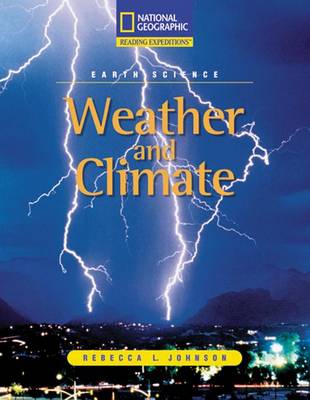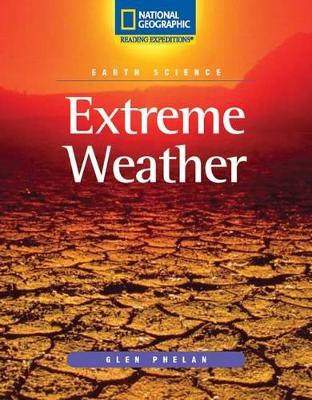Earth Science
9 total works
Reading Expeditions (Science: Earth Science): Introduction to Weather
by National Geographic Learning and Alfredo Schifini
Reading Expeditions (Science: Earth Science): Rocks and Minerals
by National Geographic Learning
Reading Expeditions (Science: Earth Science): Exploring Space
by National Geographic Learning
Reading Expeditions (Science: Earth Science): Stars and Galaxies
by National Geographic Learning
Reading Expeditions (Science: Earth Science): Wonders of Water
by National Geographic Learning
Reading Expeditions (Science: Earth Science): Earth, Sun, Moon
by National Geographic Learning
Reading Expeditions (Science: Earth Science): Volcanoes and Earthquakes
by National Geographic Learning
Reading Expeditions (Science: Earth Science): Weather and Climate
by National Geographic Learning and Alfredo Schifini
